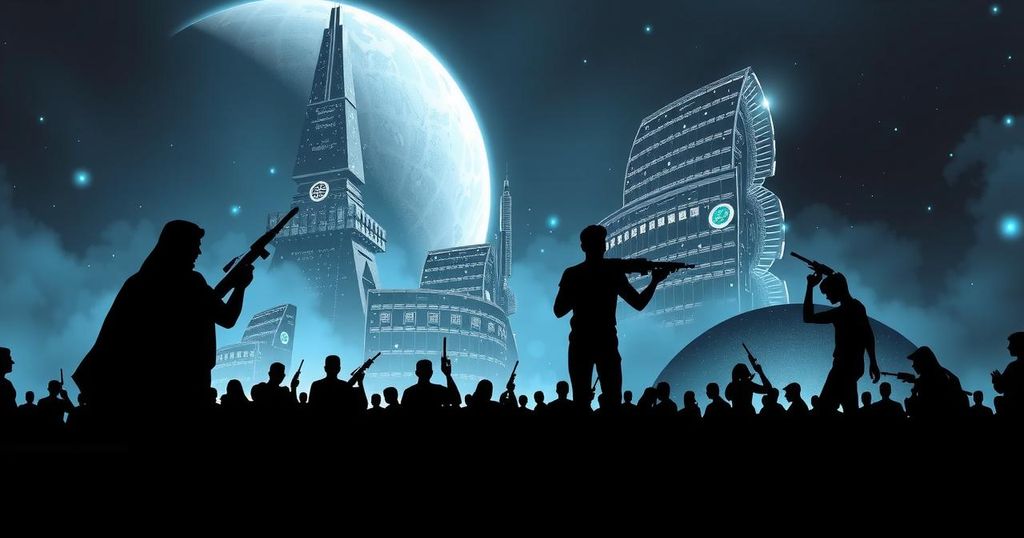Artificial intelligence (AI) image generators, such as OpenAI’s DALL-E, which has recently been made publicly accessible, are producing significant concern among artists. Established artists, who have often dedicated years to developing their unique styles, are discovering that their artistic signatures can now be mimicked and replicated by AI through a simple text prompt entered by a user. This rapid reproduction of styles has raised ethical questions and implications for the future of artistic creativity and the value of individual artistry.
Greg Rutkowski, a well-known Polish artist recognized for his striking fantasy imagery, noted that his style has been rapidly appropriated by various AI-generated artworks. According to Rutkowski, searching for his name on social media platforms yields thousands of images created by AI that mimic his distinctive artistry, despite his personal lack of interaction with these AI technologies. His name has emerged as a leading keyword, generating approximately 93,000 images on the AI generator, Stable Diffusion, eclipsing famous historical artists such as Picasso and Van Gogh in popularity within the AI community.
The current landscape is further complicated by the fact that copyright protections in the United States do not extend to artistic styles. Artists such as Simon Stålenhag have expressed their frustrations regarding the use of their names in AI-generated artworks, where individuals are controversially selling prints that emulate their recognizable styles. The implications of this trend could manifest in financial hardships for artists, who traditionally rely on licensing their works for income.
According to Liz DiFiore, president of the Graphic Artists Guild, the uninhibited ability of AI technology to replicate styles poses potential economic risks to artists, especially when commercial entities can access similar artwork without compensating the original creators. As a consequence, many artists feel powerless against this predation on their creative endeavors.
Responses from AI companies regarding the difficulties posed by this technology have been varied. Stable Diffusion claims to be developing an opt-out mechanism for artists wishing to exclude their work from being utilized to enhance AI models. However, the lack of clear safeguards places artists in a precarious position concerning their intellectual property.
As Rutkowski aptly articulated, “I feel like something’s happening that I cannot control.” Artists find themselves increasingly distressed by the proliferation of imitation artworks that threaten to dilute their unique styles and reduce their marketability.
While some artists remain optimistic about the potential of AI to enhance the creative process, many call for stricter regulations and accountability regarding the training data used by AI systems. The sentiment echoed by Stålenhag captures the dual nature of this technology: a tool for creativity that simultaneously undermines individual artistic integrity.
In conclusion, the rapid evolution of AI image generators necessitates a comprehensive dialogue concerning intellectual property rights and ethical constraints within the art community. As this technology continues to advance, the balance between innovation and safeguarding the uniqueness of individual artistry will be paramount in determining the future landscape of creative expression.
